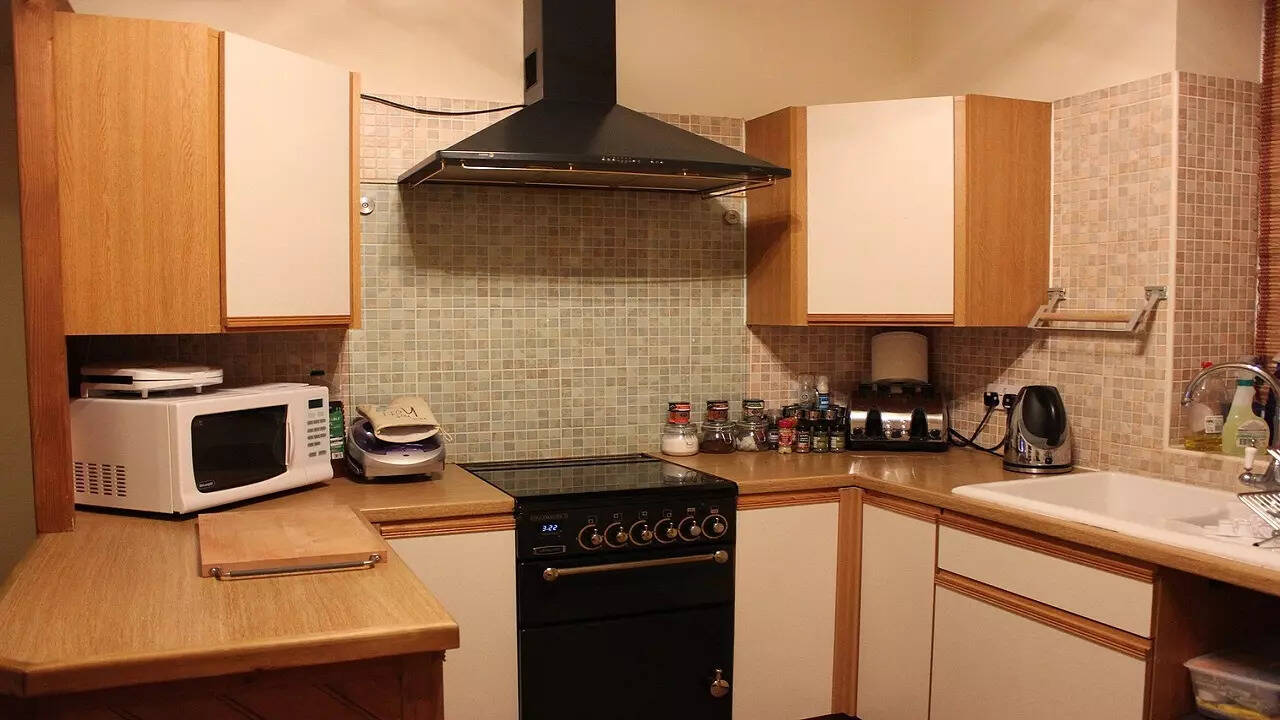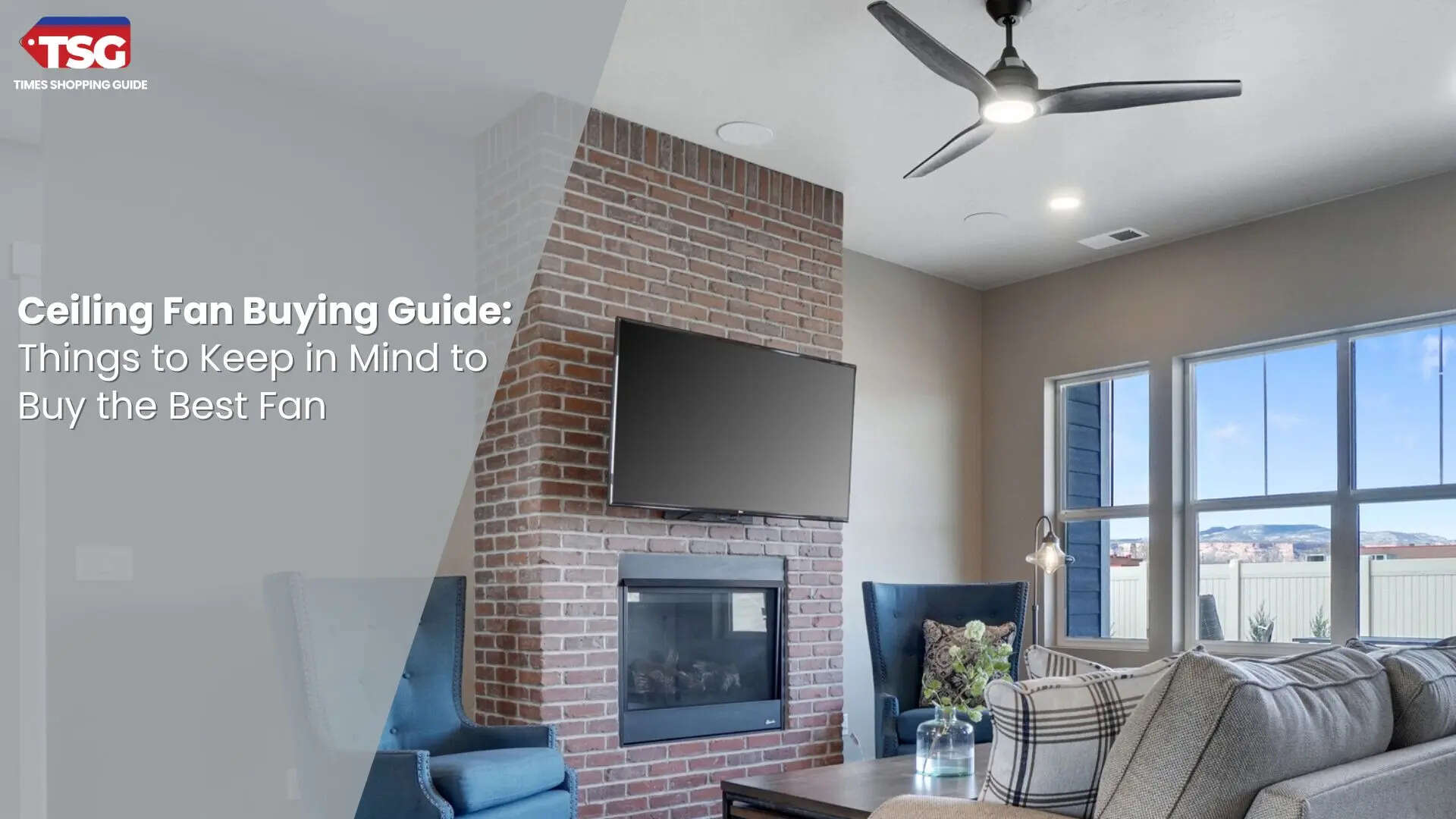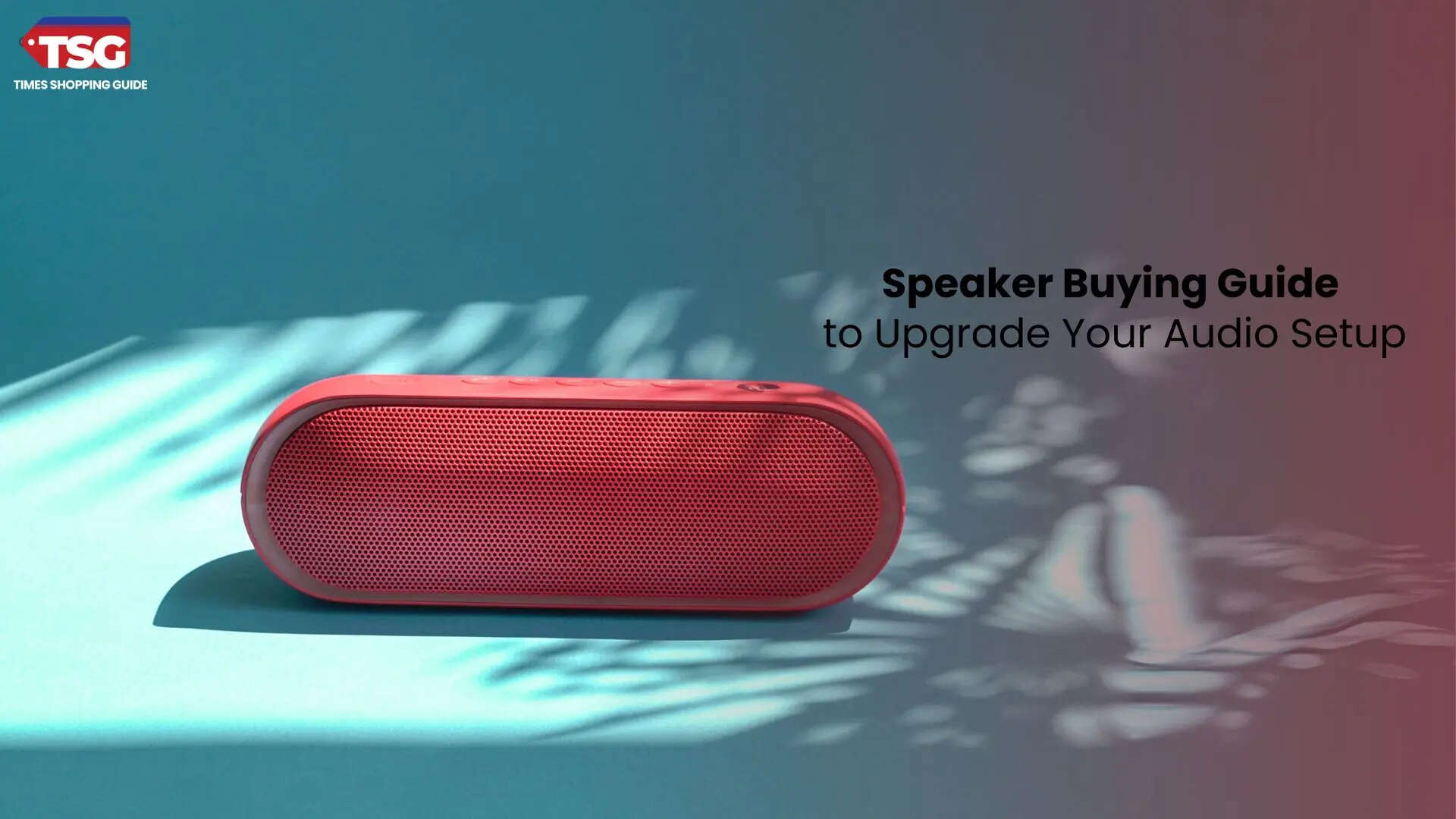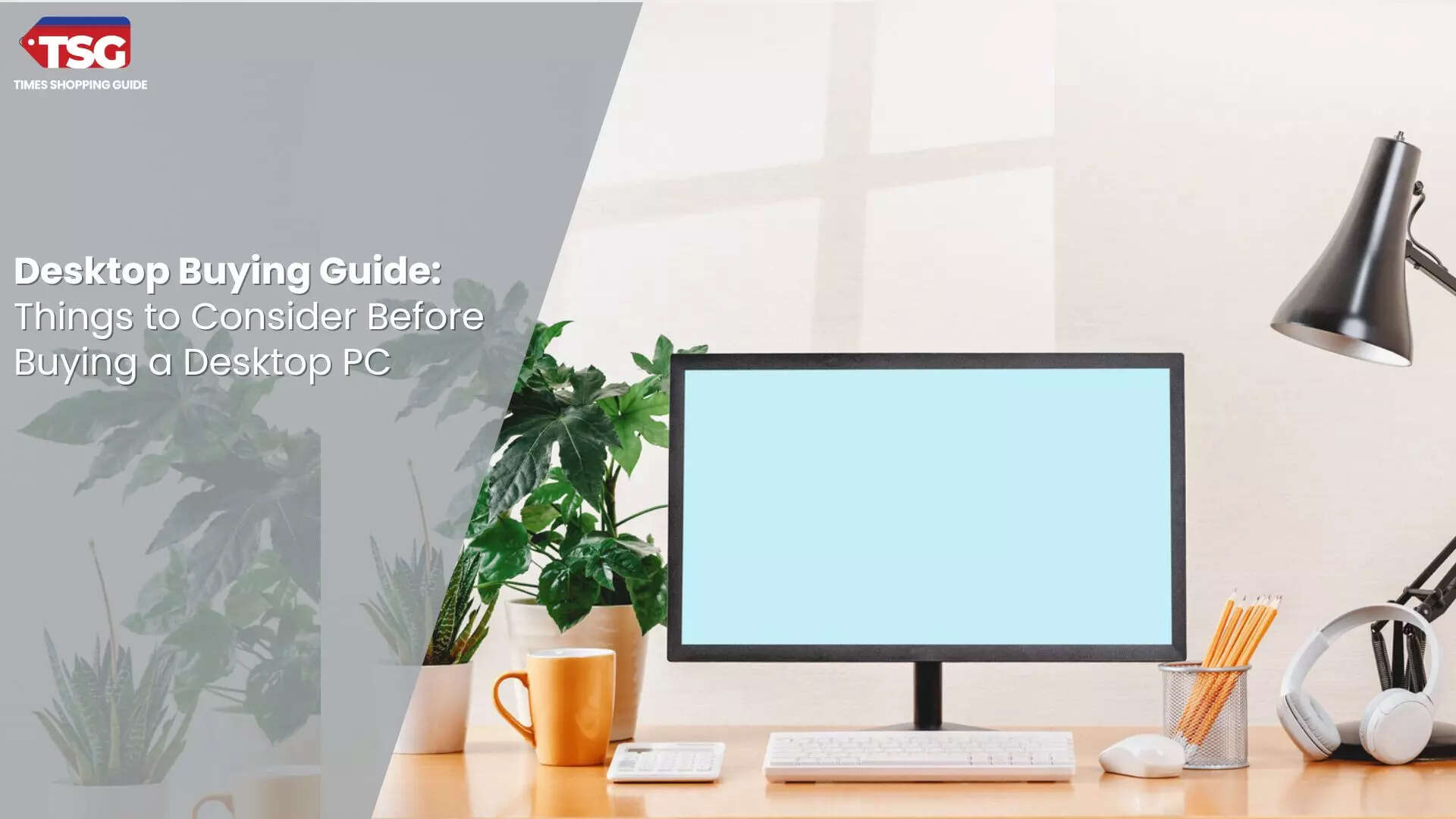- home
- electronics
- buying guides
- microwave oven buying guide how to pick right oven for your needs
Microwave Oven Buying Guide: How to Pick Right Oven for Your Needs
Microwave ovens are the cornerstone of modern kitchens, providing quick and efficient solutions for a variety of cooking tasks. When choosing the right microwave oven, you need to consider more than just size and performance. This comprehensive buying guide is designed to help you navigate the market and make informed decisions to ensure your microwave meets your cooking needs.

That is why we are here with an informative buying guide on microwave ovens that will help you invest in the best microwave oven for your kitchen.
Microwave Buying Guide
1. Look for Price
Before buying any product, the budget is the first thing that you should determine. A budget boundary helps you to narrow down your searches for the best microwave oven.
Top Choices:
a. Cheapest option: Bajaj 17L Solo Microwave Oven
b. Premium option: Bosch 71- Litre Built Digital Oven
2. Types of Microwave Oven
- Countertop Microwaves: These types of electric ovens are standard models that sit on the kitchen counter. They are versatile and easy to install, suitable for most households.
- Over-the-Range Microwaves: Designed to be installed above the stove, saving counter space. They often come with ventilation features.
- Built-In Microwaves: Integrated into kitchen cabinetry for a seamless look. Perfect for those looking to maximize their kitchen space.
- Drawer Microwave Oven: Mounts in kitchen cabinets or kitchen island for easy access.
Top Choices:
a. Panasonic 27L Convection Microwave Oven
b. Samsung 23 L Grill Microwave Oven
3. Size and Capacity
- Internal Capacity: Consider the size of your kitchen and the types of dishes you'll be preparing. Capacities are measured in cubic feet. Standard sizes range from 0.5 to 2.0 cubic feet.
- Turntable Diameter: A larger turntable ensures even cooking. Some models have rectangular trays for larger dishes.
Top Choices:
a. Samsung 23 L Grill Microwave Oven
b. Panasonic 20L Solo Microwave Oven
c. Samsung 28L, Convection Microwave Oven
4. Power Levels and Wattage
- Wattage: In general, the higher the wattage, the faster the cooking. Electric ovens typically have a power output of 600 to 1200 watts. Consider your cooking needs and time preferences.
- Power Level: Adjustable power level allows you to adjust cooking to different types of food. Look for models with multiple power settings.
Top Choices:
a. IFB 25 L Solo Microwave Oven
b. AGARO Marvel 9 Liters Oven
5. Control Panels and Interfaces
- Digital and Manual Controls: Digital controls provide precise, pre-programmed settings, while manual controls offer simplicity and durability.
- Sensor Cooking: The Advanced model is equipped with a sensor that detects moisture and adjusts the cooking time accordingly.
- Pre-programmed settings: It is a useful setting for specific tasks such as popcorn, pizza, defrosting, etc.
Top Choices:
a. Lifelong 9 Litres 1100 W Oven
b. Samsung 32L, Slim Fry, Convection Microwave Oven
c. IFB 30 L Convection Microwave Oven
6. Inverter Technology
- Consistent Cooking: Inverter technology allows for even cooking at lower power levels, preserving food texture and taste.
- Precision Control: Allows you to cook a variety of foods accurately and evenly.
Top Choices:
a. LG 28 L Convection Microwave Oven
b. Godrej 19 L Digital Display Convection Microwave Oven
7. Convection and Grilling Features
- Convection: Ideal for baking and roasting for a more oven-like cooking experience.
- Grill: Adds a grill element for browning and crisping.
Top Choices:
a. Samsung 28L Convection Microwave Oven
b. Inalsa Oven MasterChef 16BK OTG
8. Easy to clean
- Interior material: The interior is made of stainless steel, which is stain-resistant and easy to clean. Some models have ceramic or enamel interiors.
- Removable Turntable and Rack: Dishwasher-safe components make cleaning easy.
Top Choices:
a. Bajaj 17L Solo Microwave Oven
b. Samsung 21L, Convection Microwave Oven
9. Smart Features
Wi-Fi Connectivity: The Smart Microwave Oven offers remote control and integration with a virtual assistant via a mobile app.
- Top Choices: LG 28 L Wi-Fi Enabled Charcoal Convection Healthy Microwave Oven
- Top Choices: The Panasonic NN-SV79MS is Compatible with Alexa
- Top Choices: Samsung 21L, Convection Microwave Oven
- Top Choices: IFB 20 L Convection Microwave Oven
- Top Choices: IFB 30 L Convection Microwave Oven
- Top Choices: Samsung 28L, Slim Fry, Multi Spit, Convection Microwave Oven
10. Brand Reputation and Warranty
- Research Brands: Stick to reputable brands known for quality and reliability.
- Warranty: Check the warranty terms. A longer warranty period indicates the manufacturer's confidence in their product
Conclusion:
In summary, purchasing a microwave oven requires careful consideration of your needs, budget, and preferences. With the help of this microwave oven buying guide, you now have a better understanding of the different types of microwave ovens, their features, and how to choose the right microwave oven for your kitchen. Prioritize safety features like child lock and auto-off and choose a microwave with a capacity that meets your family's needs. This way, you can make an informed decision and enjoy the convenience and versatility that a microwave oven brings to your home.FAQs: Microwave Oven Buying Guide
1. How do I choose a good microwave oven?
Here are 6 tips to choose the best microwave oven for your home: a. Size
b. Cooking capacity
c. Type
d. Power capacity
e. Smart features
f. Budget
2. What are the 5 rules for using a microwave oven?
a. Ensure you are aware of cautions b. Confirm that the door shuts tightly
c. Only use suitable utensils material
d. Don't heat sealed containers
e. Never put metal items inside the oven
3. What wattage for a microwave is best?
As a general guideline, choose a microwave oven with around 1000 watts as this is a standard power for most recipes.Disclaimer: Times Shopping Guide is committed to bringing you the latest products from the best brands. Our selection is based on market research and positive consumer feedback. Times Shopping Guide is also a part of an affiliate partnership. In line with this, we may receive a portion of the revenue from your purchases. Please note that the product prices are subject to change based on the retailer's deals.








